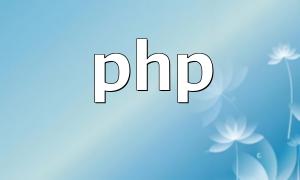In modern web development, PHP framework performance plays a crucial role in determining website speed and overall user experience. This article addresses common optimization questions and provides practical examples to help developers build more efficient PHP applications.
Selecting the right PHP framework is the first step toward performance improvement. Lightweight frameworks such as Slim or Lumen are ideal for smaller projects due to their speed and minimal resource usage, while full-featured frameworks like Laravel are better suited for large-scale systems that require extensibility and maintainability.
Excessive database queries are one of the leading causes of poor performance. Developers should use caching systems like Redis or Memcached to store frequently accessed data and implement lazy loading to load related models only when necessary, reducing system overhead effectively.
Optimizing database structure and queries can dramatically improve performance. Adding indexes to frequently queried fields, using joins efficiently, and avoiding deeply nested queries are essential techniques. Query builders such as Laravel’s Eloquent ORM make query logic clearer and more efficient.
Too many HTTP requests can slow down page loading times. Combining CSS and JavaScript files, enabling browser caching, and leveraging a Content Delivery Network (CDN) to distribute static assets are proven methods to boost site responsiveness.
$cache = Cache::get('user-' . $userId);
if (empty($cache)) {
// Retrieve data from the database and store it in cache
$user = User::findOrFail($userId);
Cache::put('user-' . $userId, $user, 3600);
}
return $cache;This example demonstrates how caching can significantly reduce the number of database queries, leading to faster response times. Implementing caching is especially beneficial in high-traffic scenarios where performance and scalability are critical.
Optimizing PHP framework performance is a comprehensive process involving architecture design, database tuning, caching strategies, and static resource management. Following the best practices and examples outlined in this article will help developers improve their website performance and deliver a smoother, faster user experience.










